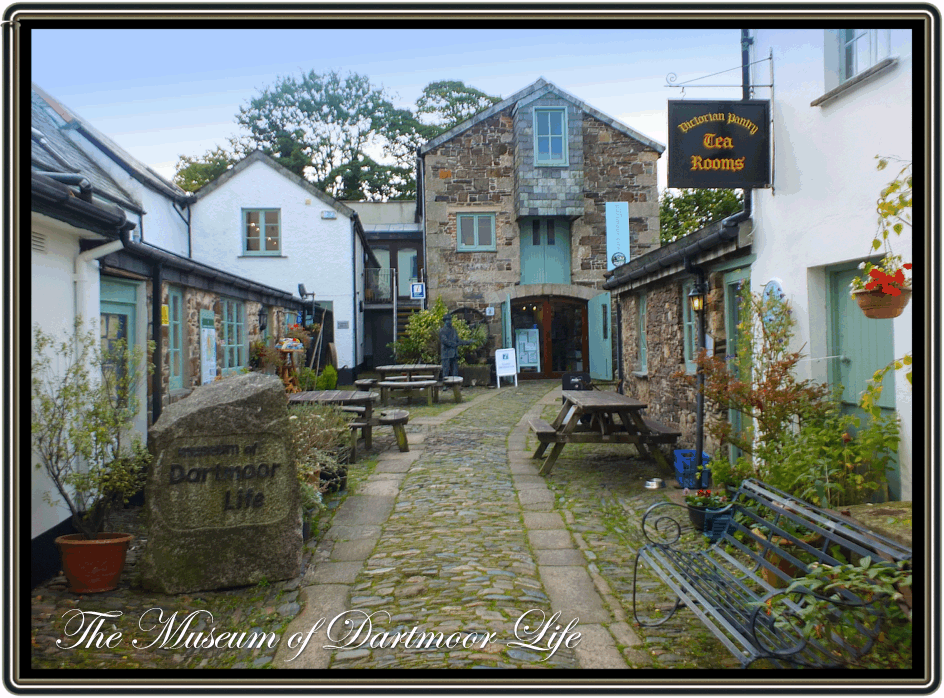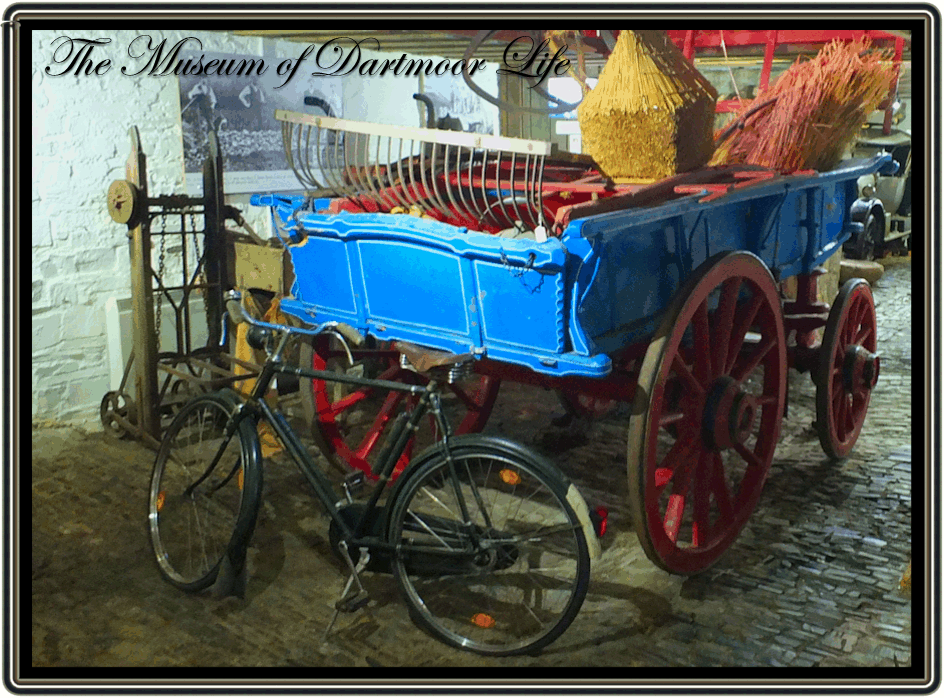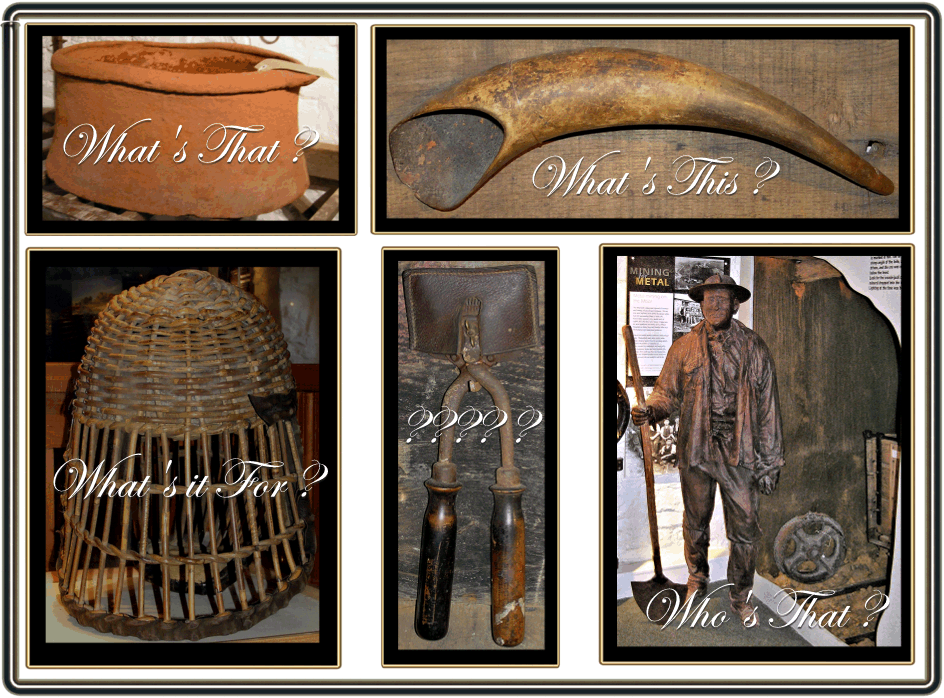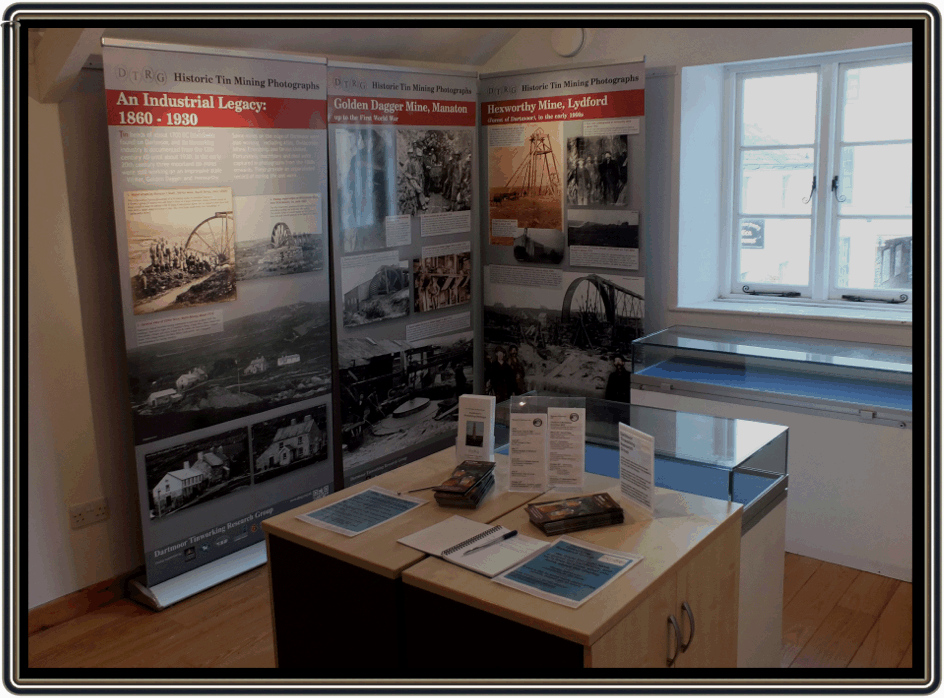
No visit to Dartmoor is complete without a visit to the Museum of Dartmoor Life which is conveniently located in the centre of Okehampton. Here you can step back through millennia of Dartmoor’s history by way of exhibits which show how they lived, where they worked, how they played and much more. “Extending over three floors, the museum’s fascinating collection and interactive displays bring to life “the people’s story” for visitors of all ages. Highlights include a reconstructed Bronze Age hut, Victorian kitchen, blacksmith’s shop and farming exhibits. Learn about traditional Dartmoor industries such as glass-making, quarrying and rural crafts. Young visitors can explore discovery zones and dress up in historical costumes.” Somehow they have even managed to capture three of the elusive Dartmoor Piskies who can be found hiding in various nooks and crannies of the building. There is even a competition for youngsters whereby they go on a Piskie Hunt.
Ever seen a truck-a-muck? How were sheep shorn on Dartmoor? What did the inside of a Bronze Age roundhouse look like? How was cider pressed? What did a Dartmoor kitchen look like? Ever made a Lydford Penny? Why, When, Where, What, Which, How … Questions, questions, questions, and the answers can be found all under one roof at Okehampton. Where? why the Museum of Dartmoor Life of course.
Here you can journey from Dartmoor’s dim and distant past of the Bronze Age and travel back through time to the yesteryear of the moor. The numerous exhibits portray how the folk of Dartmoor lived, worked, and played in bygone eras. Nostalgia can be found around every corner of the museum as can mysterious objects that at one time were everyday tools and utensils for the folk of the moor. For instance, take a look at the orange bath-like object below, this is known as a trendle or trunnel and at one time was found on most farms and cotts of Dartmoor. Sarah Hewett in her 1892 book, ‘The Peasant Speech of Devon’ also lists the utensil as a trindle. The etymology of the word probably goes back to the Old English word,trendel which describes a circle or ring, possibly alluding to the trendle’s shape. There is an old Devonshire saying, “there’s nort in the trendle“, which basically means the larder is empty. What’s the wicker basket? a bee skep, a fish trap ? What was that painful tong-like looking instrument used for? If you are male you probably don’t want to know. Who’s the man in the funny hat and what is he holding? What was the horn used for?
The actual building which houses the museum was originally a granary that was built in 1811 and the site is on one of the old burgage plots of Okehampton. The Museum of Dartmoor Life was opened in 1982 and has evolved over the years into not only a large collection of Dartmoor artefacts and memorabilia but also an exhibition/events gallery and a local research centre. The museum redevelopment was originally funded by the Heritage Lottery Fund, the Southwest Regional Development Agency, West Devon Borough Council, Okehampton Town Council, the Okehampton Disabled Fellowship, Okehampton Non-Ecclesiastical Trust, Adapt Sightline, the Dartmoor National Park Authority and members of the local community. Today the museum is sponsored by: Accredited Museum, Okehampton Town Council, Okehampton United Charities, The Association of Independent Museums and Okehampton Hamlets Parish Council.
As mentioned above, the museum hosts various exhibits throughout the year and on my last visit (September 2016) there was a fascinating exhibition provided by the Dartmoor Tinworking Research Group which details the history of many of the famous Dartmoor tin mines through the ages (see photot above). For further details of events, exhibitions and much more visit their website – HERE
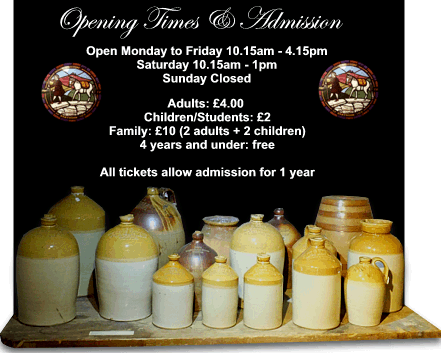
 Legendary Dartmoor The many aspects past and present of Dartmoor
Legendary Dartmoor The many aspects past and present of Dartmoor

